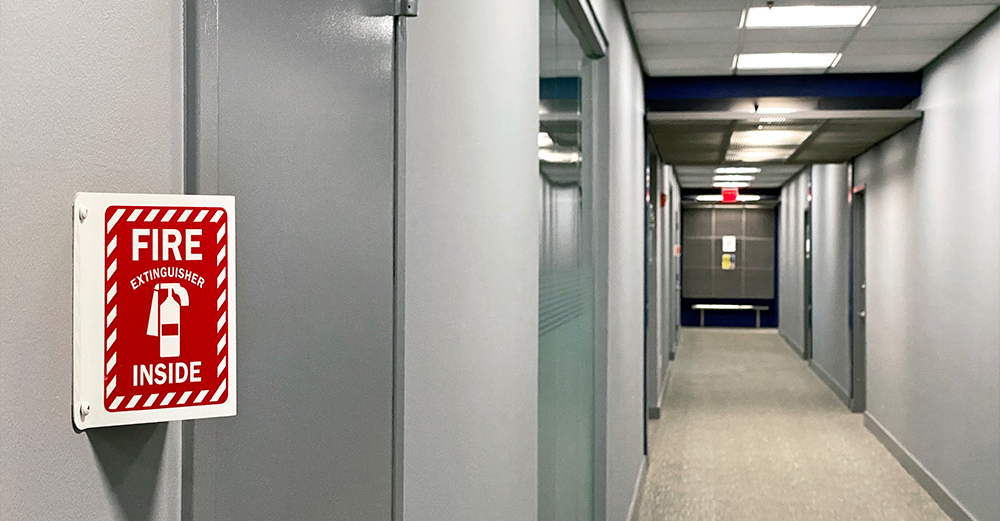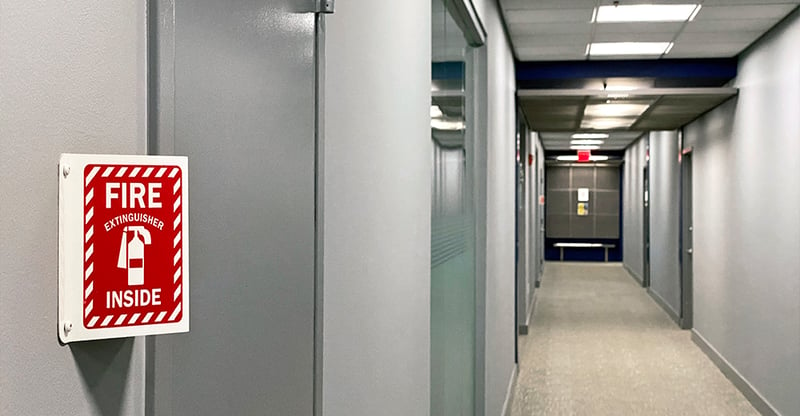Freeze-Up of Fire Protection Systems

UTICA NATIONAL RISK MANAGEMENT ALERT

Cold temperatures can cause the freezing of water in sprinkler system piping, which can create a serious impairment to a building’s fire protection system. A frozen fire protection system can result in not only fire losses due to the crippled extinguishing system, but also extensive water damage to the building and its contents resulting from burst piping. This handout provides information on methods to prevent the freezing of systems and precautions to reduce the risk of fire if a system freezes.
Preventing Freezing
Impairment of fire protection systems due to freezing pipes can subject a protected property to significant losses. The following, as a minimum, should be considered to prevent or reduce the likelihood of a frozen system:
- Provide heat to areas in a facility where water-based fire protection system components could be subject to freezing, such as areas in which temperatures routinely may fall below 40°F (4°C).
- If primary heating fails, provide temporary heating in the area; however, do not use portable heating equipment, such as salamanders and other unvented, fuel-burning heaters, since they introduce fire hazards, as well as health hazards.
- Repair broken windows, ill-fitting doors, and other items that allow heat loss.
- Install a dry-pipe sprinkler system in areas where a wet system has a history of freezing.
- Provide heated or adequately insulated enclosures for pipes exposed to low temperatures.
- Ensure that underground pipes are installed below the frost line and add a greater depth of earth over the pipes, if needed.
- Keep snow, water, and ice away from hydrants, valves, and standpipe connections.
- Repair leaking or damaged hydrants.
Antifreeze Systems
In the preceding decade, a number of losses occurred, where antifreeze-based, residential sprinkler systems were suspected of accelerating fires, which were the subject of extensive research by several organizations, including the Fire Protection Research Foundation (FPRF). NFPA 13, Standard for the Installation of Sprinkler Systems, published by the National Fire Protection Association (NFPA), provides requirements for the use of antifreeze solutions in sprinkler systems including:
- Ensure that systems protected with antifreeze solution have the proper proportions of antifreeze and water.
- Antifreeze solutions may only be used in Early Suppression Fast Response (ESFR) sprinklers that are specifically listed for use with antifreeze solutions.
- New antifreeze systems may only use solutions that are listed for use with sprinkler systems. Existing systems are permitted to only use solutions that are listed in A.8.6.2.1 of NFPA 13 and approved by the Authority Having Jurisdiction (AHJ).
- Placard must be located at the main control valve for systems using antifreeze, which indicates the brand, type, concentrate, and volume of antifreeze used in the system.
- Antifreeze systems require piping and devices to be arranged to prevent antifreeze solutions from flowing back into the water source.
CH-25-54 | 3/16/23 | Copyright © 2023, ISO Services, Inc.
The information contained in this publication was obtained from sources believed to be reliable. ISO Services, Inc., its companies and employees make no guarantee of results and assume no liability in connection with either the information herein contained or the safety suggestions herein made. Moreover, it cannot be assumed that every acceptable safety procedure is contained herein or that abnormal or unusual circumstances may not warrant or require further or additional procedure.
